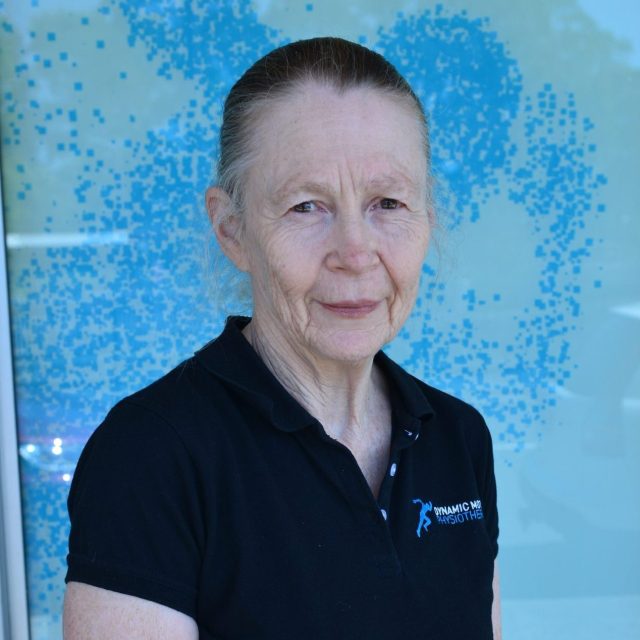Osteoarthritis affects more than 1.3 million Australians. The main underlying feature is the loss of or damage to cartilage tissue, needed for easy joint movement. Cartilage loss can be affected by mechanical, biochemical, and genetic factors. In advanced stages, the space between the joint decreases, accelerating joint damage and pain.
Structural damages of the joint can be observed on x-ray but symptoms can be present without radiological changes, just as changes that appear on x-ray may not be symptomatic. (Access Economics 2007).
Reduced movement and pain in the joint cause the muscles to weaken and lose bulk which in turn increases the load and damage to the cartilage, bone, and soft tissue. Quads weakness is one of the earliest clinical findings of knee OA. It is an important determinant of physical function and knee pain severity. It may play a role in the development of the disease (Petterson et al 2007).
Exercise can strengthen the muscles surrounding the joint and improve cartilage nutrition and health. This improves stability and flexibility and helps protect the joint. Mechanical aids such as walking sticks and bracing can also help to unload the knee and allow for greater mobility and exercise tolerance.
Prior to starting any exercise program, a comprehensive assessment by a qualified health professional should be undertaken. Exercise should be individualized to needs, abilities, and preferences.
knowledge … self-management … prevention

















